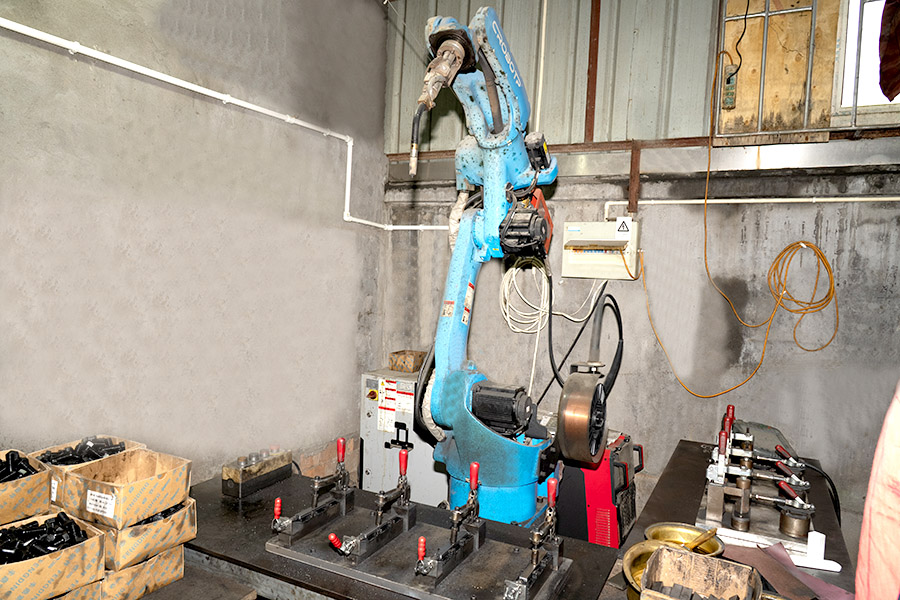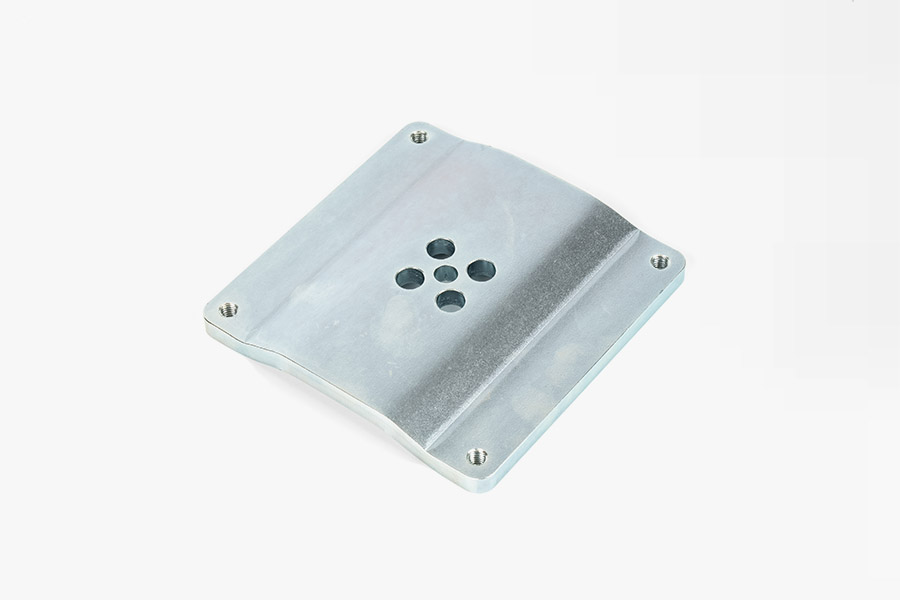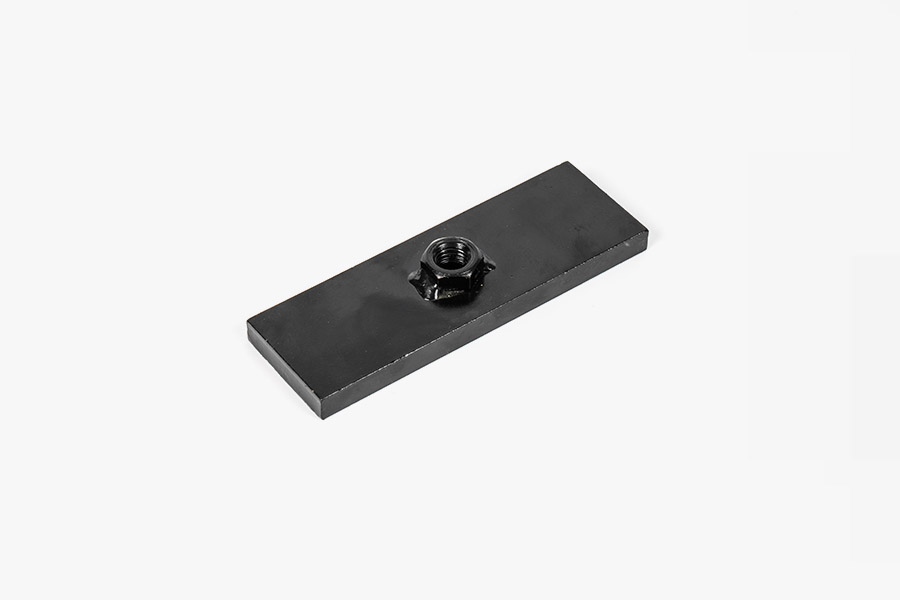What are the precautions for pre-processing of stamping metal parts?
 2025.05.16
2025.05.16
 Industry News
Industry News
In the metal stamping industry, strict control of material surface cleanliness is the core task of the pretreatment stage. Metal sheets are often attached with various pollutants such as oil, rust, scale and dust during storage, transportation and processing. These pollutants not only significantly reduce the fit between the stamping parts and the mold, but also may cause defects such as burrs and cracks during the stamping process, thereby accelerating the wear of the mold. For example, the presence of oil will increase the friction between the metal sheet and the mold, thereby causing scratches on the surface of the stamping parts; while the rust layer and scale will fall off during the stamping process and may be mixed into the inside of the stamping parts, affecting their mechanical properties and corrosion resistance. Therefore, efficient degreasing and rust removal processes should be adopted in the pretreatment stage, such as organic solvent degreasing, chemical degreasing, electrochemical degreasing, and pickling or alkaline washing to ensure that the surface of the metal sheet meets the specified cleanliness standards.
In terms of the forming performance of stamping parts, precise control of surface roughness is crucial. Appropriate surface roughness can significantly increase the friction between the metal sheet and the mold, enhance the fit during the stamping process, and thus reduce rebound and deformation. In addition, surface roughness also directly affects the surface quality and coating effect of stamping parts. For example, in the field of automobile manufacturing, for stamping parts that require high precision and high-quality surfaces (such as body panels), sandblasting is usually used to make the surface of the metal sheet reach a specific roughness to improve the adhesion and corrosion resistance of the coating layer. In the pretreatment process, the appropriate surface roughening method, such as sandblasting, knurling or threading, should be selected according to the specific requirements of the stamping parts, and the process parameters should be strictly controlled to ensure that the surface roughness meets the design standards.
Another aspect that cannot be ignored is the compatibility of the pretreatment process with the subsequent stamping process. Different stamping processes have different requirements for the surface state of metal sheets. For example, the high-speed stamping process requires the surface of the metal sheet to have a high flatness and low roughness to reduce vibration and noise during the stamping process; while in the deep drawing process, the surface of the metal sheet is required to have a certain roughness to enhance the adhesion of the lubricant, thereby reducing the friction coefficient. Therefore, in the pretreatment process, it is necessary to select a suitable pretreatment method according to the characteristics of the subsequent stamping process, and optimize the process parameters to ensure a good match between the pretreatment effect and the stamping process.
Finally, environmental and safety control during the pretreatment process is also crucial. The chemical reagents and equipment used may cause potential harm to the human body and the environment. For example, the acid mist and waste liquid generated during the pickling process are corrosive and toxic, and effective protective measures must be taken, including installing ventilation equipment, wearing appropriate protective equipment, and setting up a waste liquid treatment system to ensure the health and safety of operators. At the same time, the waste residues and waste gases generated during the pretreatment process must also be properly handled to avoid pollution to the environment. Through strict environmental and safety management, a solid foundation can be laid for the sustainable development of the enterprise.

 Eng
Eng  中文简体
中文简体









